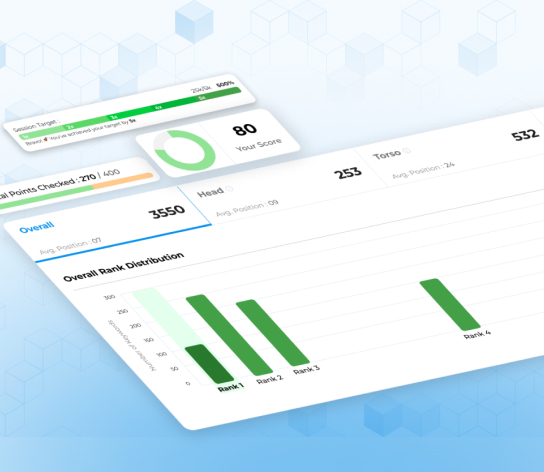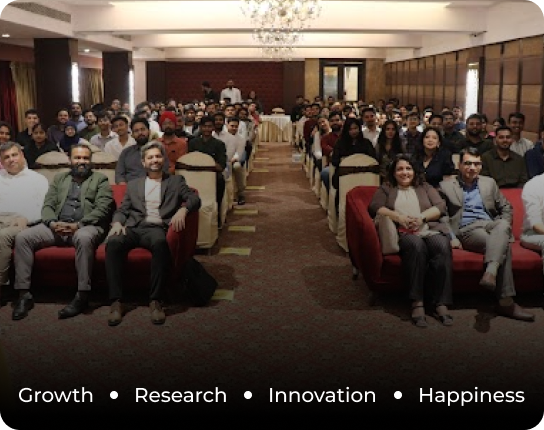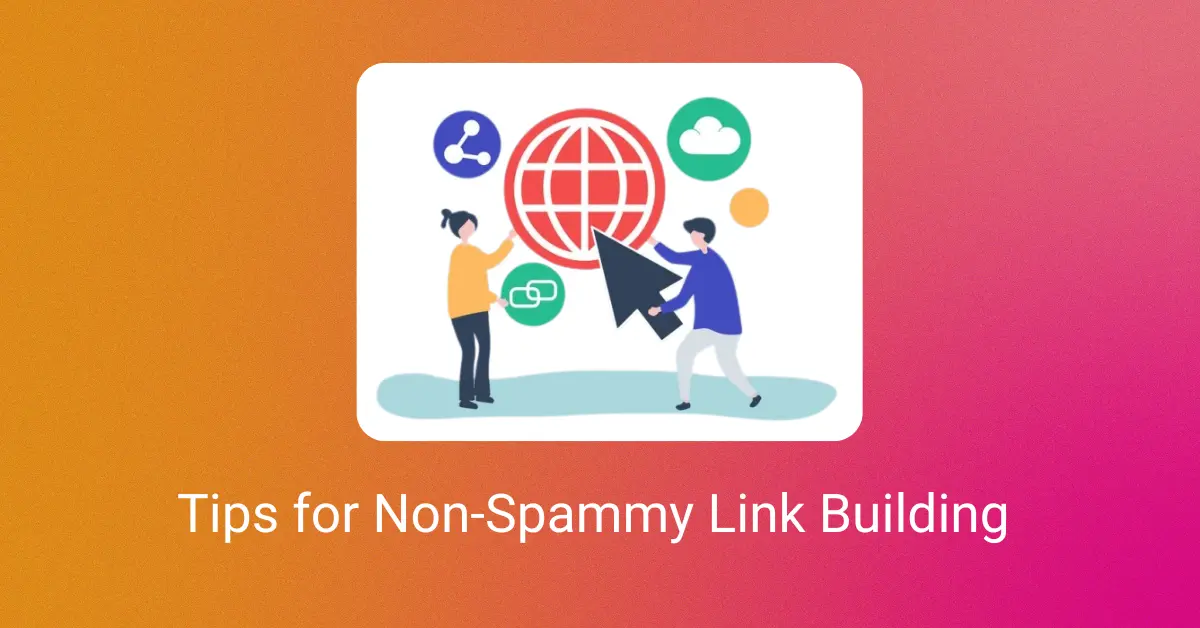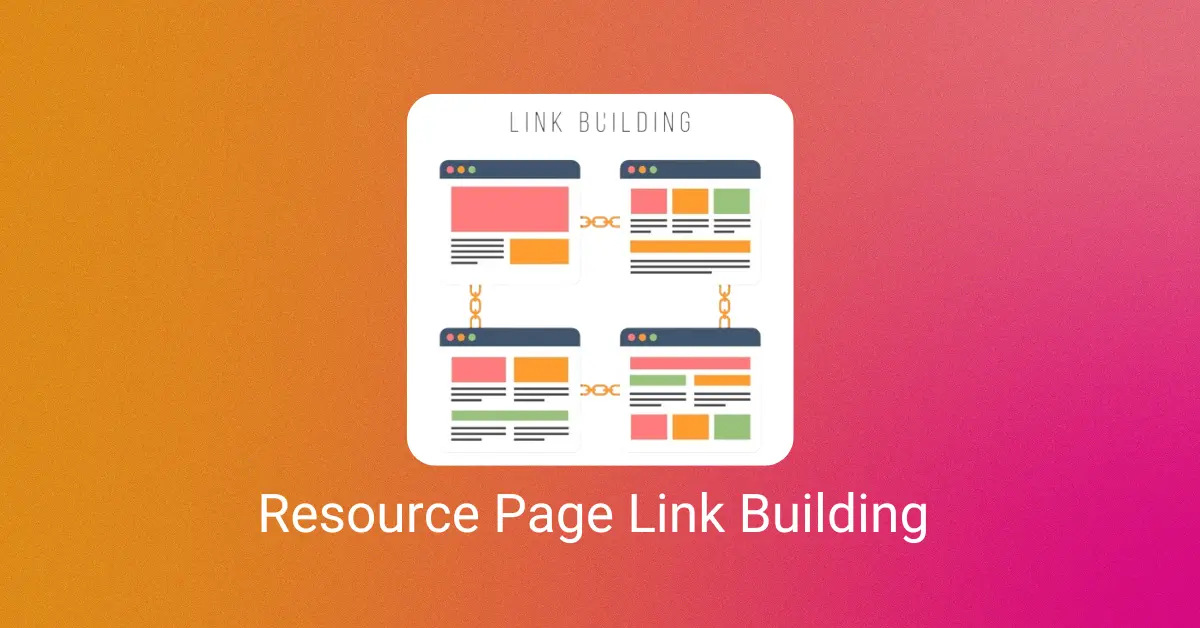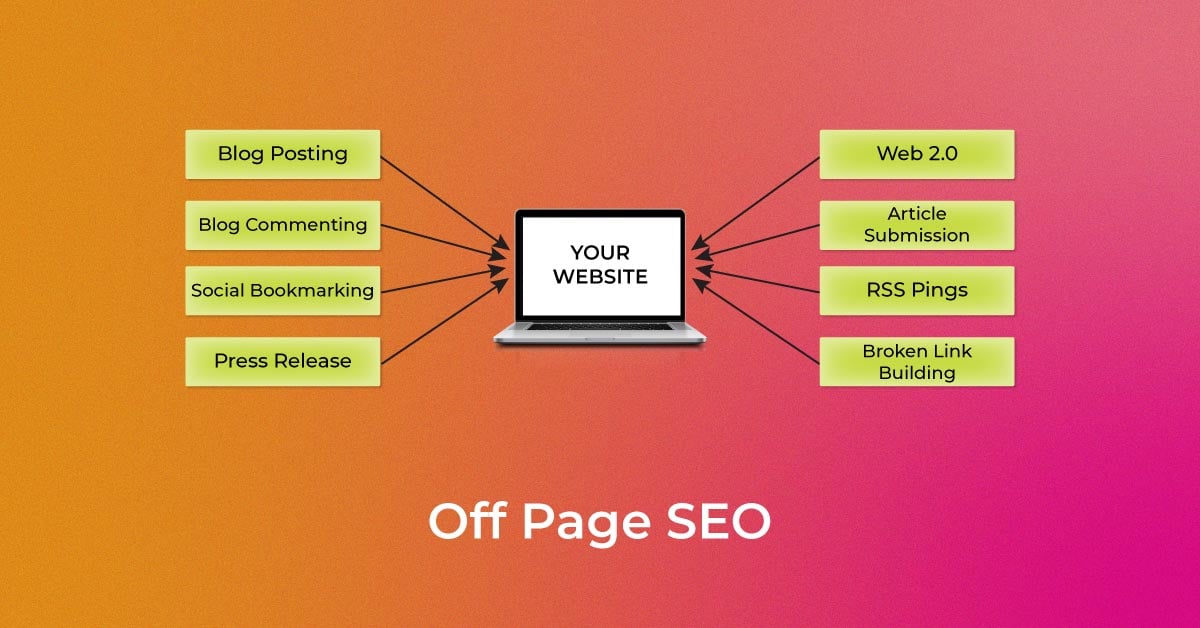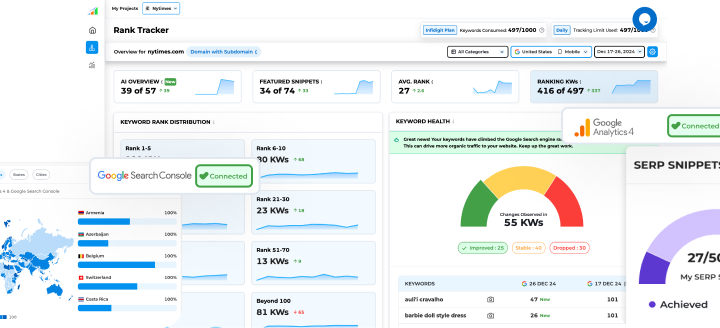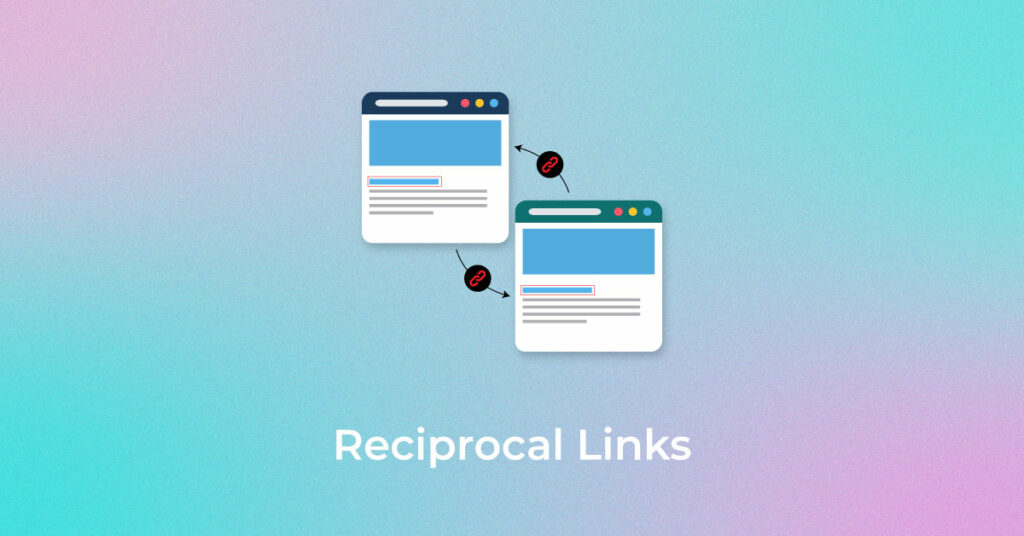Just like the traditional barter system—where two parties exchange goods or services of value—reciprocal links work on the same principle in the digital world. In SEO, this practice involves two websites linking to each other, often to boost visibility and authority. But while it may seem like a fair trade, it’s important to understand what is reciprocal links and how they impact your SEO strategy. Done right, they can support your rankings—done wrong, they can harm your site’s credibility. Let’s explore the benefits, risks, and best practices.
What are Reciprocal Links?
Reciprocal links in SEO are when two different web pages hyperlink to each other’s pages. It is considered an extremely popular method for link building.
Reciprocal linking occurs when brands agree to exchange links with each other. This is either done with related sites or different websites to provide quick access to web pages. While the premise of reciprocal linking is to boost SEO and site authority, it can lead to an increase in site traffic as well.
Reciprocal links are common on the web. They can be seen on blogs, news sites, and social media campaigns. There are two ways through which reciprocal links in SEO can help with the increase in web traffic. Users will visit your website through a hyperlink found on a related page, which is a common way to drive traffic between websites. This can help you generate new leads for the business and also put your webpage at the top of the search engine rankings.
Reciprocal Link Examples
Reciprocal links happen when two websites agree to link to each other. Here are a few real-world examples:
Bloggers in the Same Niche: A travel blogger links to another blogger’s article on “Top 10 Hiking Trails in Europe,” and in return, the second blogger links back to a post about “Best Travel Gear for Hikers.” Both links are contextually relevant and helpful to readers.
Partner Businesses: A web design agency links to a freelance copywriter under a “Trusted Partners” section. In return, the copywriter’s website features a “Recommended Designers” page that links back to the agency. This mutual linking supports users looking for complete digital services.
These examples show how reciprocal links can be used legitimately to improve user experience when the intent is genuine and not just to manipulate rankings.
Are Reciprocal Links Good or Bad for SEO?
Whether reciprocal linking is good or bad depends on the analysis of the page itself.
Generally, you would want to grow your rankings and your site authority. You will want users to come to your page organically because of the content. Reciprocal linking does not guarantee this. Just because the user has clicked on the hyperlink, there’s no guarantee that they will stay there. It can be a misleading hyperlink and not what the user is looking for.
A few external links on your site can be a good thing. However, the idea is not to go overboard with it and focus on less risky strategies.
If the aim is just to bring traffic to your site, you can go ahead with reciprocal linking. However, if the idea is to keep your audience engaged, only an enhanced customer experience can help.
If you still choose to engage in a link exchange, ensure that it is done with reliable sites. Reciprocal links also help in building relationships with other businesses in your industry.
Benefits of Reciprocal Linking
- Builds relationships between relevant websites
- Improves referral traffic and user experience
- Boosts domain authority when linked to quality sites
- Helps users discover helpful, related content
- Supports SEO when links are natural and relevant
Risks of Reciprocal Linking
- Can lead to penalties if done excessively
- Search engines may flag manipulative link patterns
- Links from low-quality or irrelevant sites hurt SEO
- Reduces credibility if overused or misused
- May distract users if the exchange lacks value
How to Use Reciprocal Link Building Approach to Help Your SEO
It is a fact that good content will always attract an audience. Delivering good, original content with relevant information should be the main priority of a website. Getting organic traffic on a webpage is ideally the best way to get a top spot on SERP, but this is not possible all the time.
If you need to use reciprocal linking, it has to be done to match your SEO campaign. Reciprocal link building only works if the links used on your webpage also have good content. A high-ranking page link with zero value does not work well. When content matches with the link, audiences will return to the page.
Benefitting from reciprocal links should be the main criteria. If you wish you use reciprocal link building for your SEO, there are a few questions you must consider:
- Can the reciprocal link improve your site’s traffic?
- Is the reciprocal site in direct competition with your business or brand?
- Does the site cater to your audience base?
Reciprocal linking should always be beneficial. However, keep in mind what your long-term goal is before using reciprocal linking.
Reciprocal linking with your SEO will not work if you are unsure of the above. Instead, you can always use online directories. If you cater to a niche market, these local directories will generate business leads. There are also high chances of increasing site authority.
Keep in mind that link building has to be natural. Anything forced will lead to loss of audience and web traffic.
Impact of Reciprocal Links on Your SEO if Not Used Properly
There are consequences of using reciprocal links incorrectly:
- Manual Penalty: Google has a set of webmaster guidelines, the dos and don’ts of Google, which websites have to follow to be listed on the search engine’s result page. Using excessive reciprocal links on Google is against their Google Webmaster Guidelines. If you are trying to increase your rankings by using extensive link-building, you are abusing the webmaster guidelines, which leads to a manual penalty. This leads to a fall in ranking. There is also the possibility of your webpage being removed as spam.
- Decrease in site authority: Link building with relevant, high-ranking websites is a good SEO campaign strategy. To ensure high domain authority and better rankings, the contents of the hyperlink should match the site. Overusing reciprocal links leads to a fall in site authority since users think that the content on your site is not good.
- Loss of trust: Search engines generate business leads that turn into revenue and brand building. Excessive reciprocal links cause a loss of trust in audiences. This loss of trust is also applicable to search engines. This happens in two scenarios: there is a high number of 1-to-1 links, and the link leads to unrelated suspicious websites with spam. You do not want to lose trust with search engines as it’ll affect the business, brand, and also lead to a manual penalty.
- Lower rankings: Link exchange works only in your favor when it is reciprocated. It does not make sense otherwise. The exchange has to be done with similar sites. If not, it boosts your competition’s rankings. Avoid adding too many links. When overdone, Google’s algorithms know that the guidelines have not been followed. The ideal way to avoid this is to build reciprocal links with similar content-based and high-ranking sites. A few links scattered with relevant content should be the ideal strategy to be followed.
Alternatives to Reciprocal Linking
- Guest Posting: Contribute high-quality articles to reputable websites in your niche and earn a backlink in return. It builds authority and drives relevant traffic.
- Broken Link Building: Find broken links on relevant websites and suggest your content as a replacement. It helps webmasters fix issues while earning you a quality link.
- Creating Linkable Assets: Develop valuable content like guides, infographics, or tools that others naturally want to reference and link to.
- Digital PR: Promote newsworthy content or stories to media outlets and bloggers to earn authoritative backlinks and boost brand visibility.
FAQs on Reciprocal Links
Are reciprocal links a black hat tactic?
No, reciprocal links are not inherently a black hat tactic. They’re acceptable when used naturally and add value. Problems arise only when they’re excessive or manipulative.
Can they lead to a Google penalty?
Yes, if overused or done with irrelevant, low-quality sites, reciprocal links can trigger a Google penalty. It’s best to keep them relevant and limited.
How many reciprocal links are safe?
There’s no set number, but a few natural, relevant exchanges are generally safe. Avoid making link exchanges a regular strategy to stay within Google’s guidelines.
Do reciprocal links still work in 2025?
Yes, reciprocal links can still work in 2025 when done right, naturally, between trusted sites, and with user value in mind.
Do reciprocal links help with website rankings?
They can help if the links are relevant and come from authoritative sources. However, relying solely on reciprocal linking won’t deliver strong SEO results.
Conclusion
When done correctly, reciprocal linking is a good method to increase your website’s reach. If you are new to this concept, do not go overboard. Using a link-building service is the key. Link your website to relevant and trusted sites to build a brand and a consumer base.
Popular Searches
How useful was this post?
0 / 5. 0


